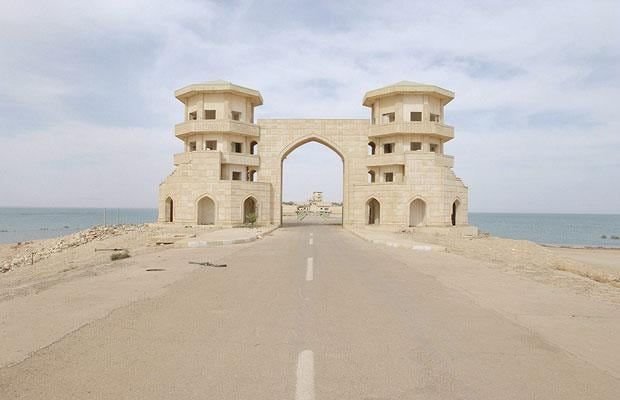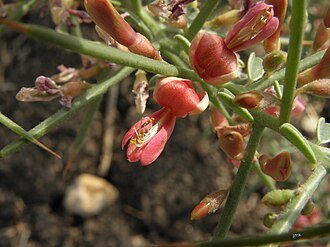![City of Samarra]()
City of Samarra
This hidden gem of the city should not be ignored! The rich history behind this city will captivate all the people interested in the religious history behind the ancient monuments that have been standing there for almost 2000 years! Samarra, one of the major cities in the Saladin Governorate, 125 kilometers (78 mi) north of Baghdad. It stands on the east bank of the Tigris. The modern city of Samarra was founded in 836 by the Abbasid caliph al-Mu'tasim as a new administrative capital and military base. Did you know that Samarra monuments were listed in 2007 within the UNESCO World Heritage Site? It is the only surviving Islamic capital that retains its original plan, architecture and arts, such as mosaics and carvings. Samarra has the best preserved plan of an ancient large city, being abandoned relatively early and so avoiding the constant rebuilding of longer lasting cities.
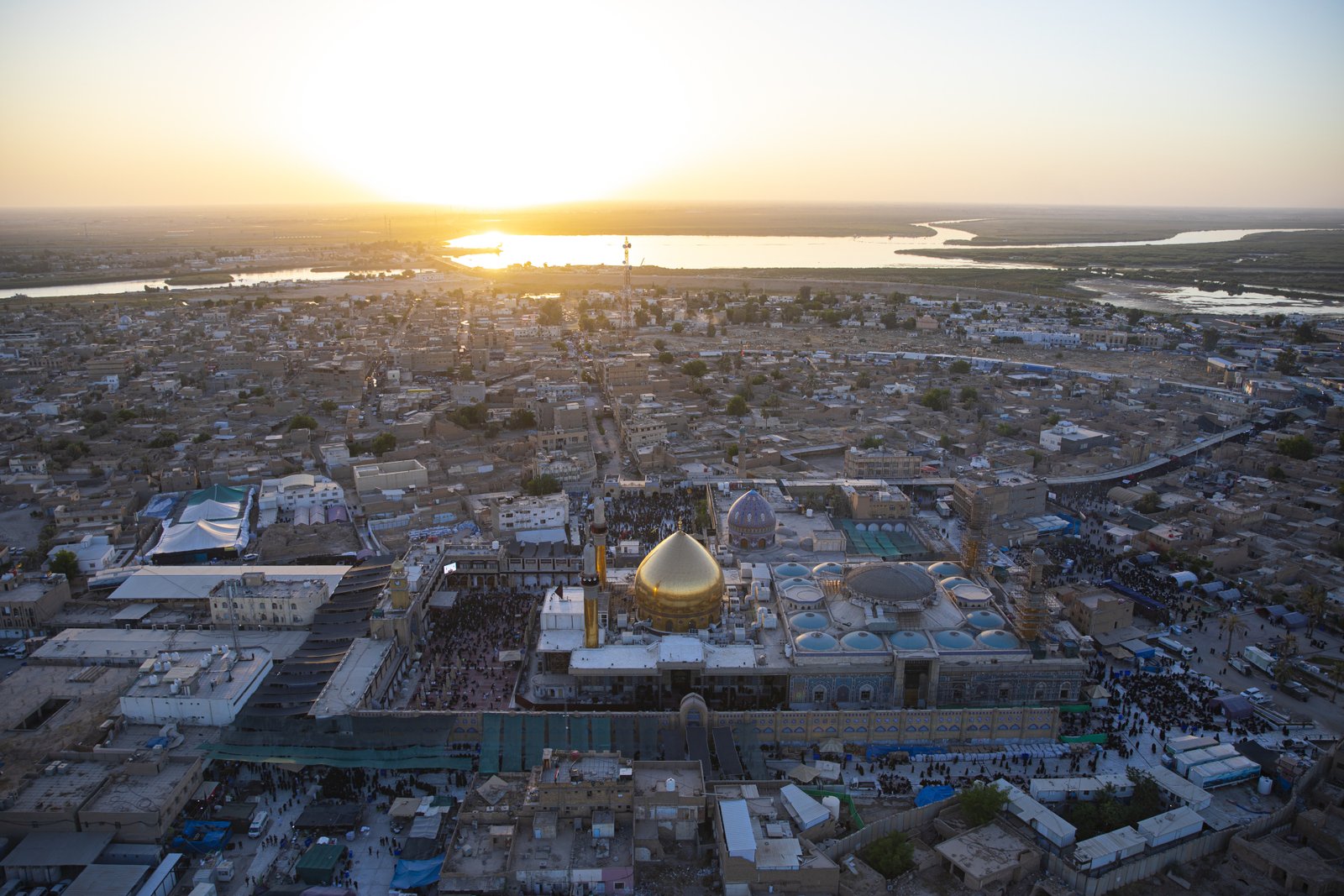
The Great Mosque of Samarra is a mosque from the 9th century. It was commissioned in 848 and completed in 851 by the Abbasid caliph Al-Mutawakkil who reigned (in Samarra) from 847 until 861. At the time of construction, it was the world's largest mosque. The mosque had 17 aisles, and its walls were paneled with mosaics of dark blue glass. It was part of an extension of Samarra eastwards. The art and architecture of the mosque were influential; stucco carvings within the mosque in floral and geometric designs represent early Islamic decoration. The Mosque of Ibn Tulun in Cairo, Egypt, was based on the Samarra Mosque in many regards and similarly stands in a large open space.
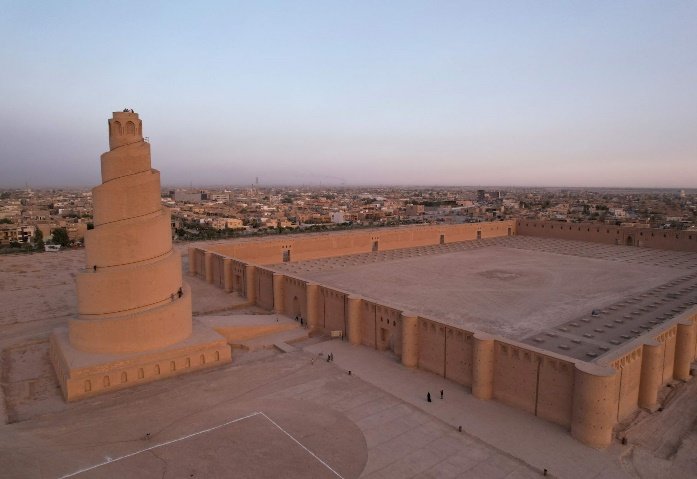
Standing proudly beside The Great Mosque, is the Malwiya Tower, (also known as "The Twisted Minaret" or "The Snail Shell Minaret") a 52 meters (171 ft) high minaret and 33 meters (108 ft) wide at the base, encircled by a spiral ramp. It was originally connected to the mosque by a bridge. The minaret or tower was constructed in 848–852 of sandstone, and is unique among other minarets because of its ascending spiral conical design. The spiral contains stairs reaching to the top.
Lake Tharthar is an artificial lake created in
1956, situated between the Tigris and the Euphrates rivers. The main purpose of the lake is to collect excess water of the Tigris River during flood seasons and to recharge water to the Tigris and Euphrates Rivers during dry seasons, when there is shortage of water in both rivers. Moreover, it aims to wash out the salts from the stored water in the lake by means of natural continuous draining of the stored water. It is considered one of the most important grazing areas in Iraq, including the wide wheat and corn fields covering the area. Other plants that can be seen are Vallisneria spiralis, Potamogeton crispus and Potamogeton perfoliatus, Cyperus, Rumex dentatus, Polygonum argyrocoleon, Polygonum,and Bacopa monnieri, reedbeds, characterized by Phragmites australis, desert shrub characterized by Tamarix, Alhagi maurorum, Atraplex leucoclada and Cornulaca aucheri. The area harbors many species of animals. Golden jackals have been observed regularly at the site. Striped hyenas and caracals were reported by local people near the lake. The lake is considered the main wintering grounds for many threatened species of migrant birds such as saker falcon, MacQueen's bustard, and sociable lapwing. 54 bird species were seen in the lake including: pallid harrier, European roller, and black-tailed godwit (all near threatened) were recorded on passage and the endemic race of hooded crow.
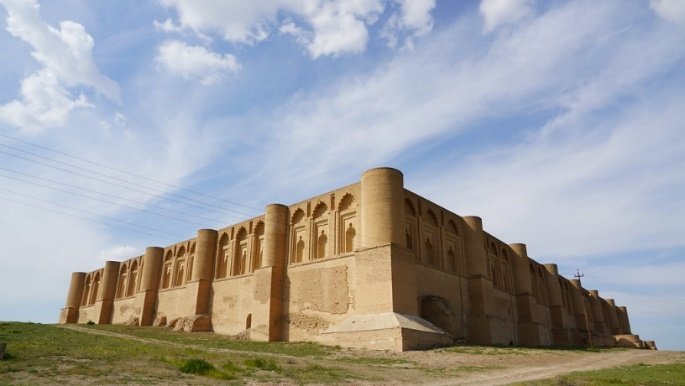
Qasr al-'Ashiq is a historical palace that dates back to the Abbasid era, it is situated at 16km west of the modern city of Samarra, on the western bank of the Tigris. The palace was commissioned under the 15th Abbasid caliph Al-Mu'tamid, and construction took place during 877–882. During the medieval period, it was referred to as "al-Ma'shuq" which means "beloved". Emir 'Amad al-Dawla wrote a poem about this palace. The building is rectangular shaped and consists of two floors, one of which has been used as catacombs and vaults. It is surrounded by large yards, which are surrounded by walls. Outside the walls exist a long moat, in which water flows from the underground channel which begins from the western highlands. Surface of the moat is higher than the nearby river.
Come visit this city with a rich history that will leave you in awe!


